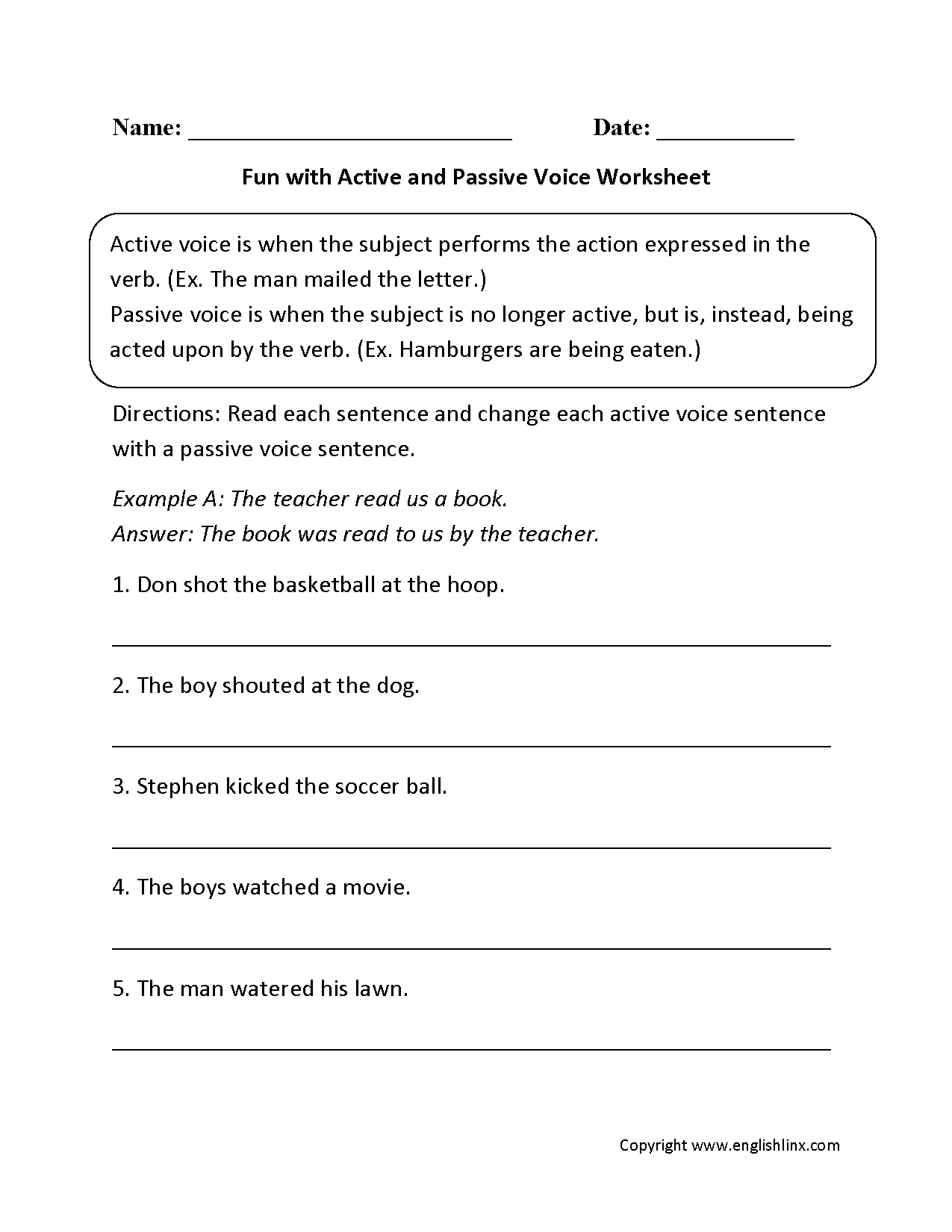When it comes to writing, understanding the difference between active and passive voice can greatly impact the clarity and effectiveness of your message. Active voice emphasizes the doer of the action, making your writing more direct and engaging. On the other hand, passive voice can sometimes make your writing seem vague or impersonal. By mastering the use of active and passive voice, you can enhance the overall quality of your writing.
Active voice is when the subject of the sentence performs the action, while passive voice is when the subject receives the action. For example, in the sentence “The cat chased the mouse” (active voice), the cat is the subject performing the action of chasing. In the passive voice version, it would be “The mouse was chased by the cat,” where the mouse becomes the subject receiving the action. Understanding when to use each voice is key to effective communication.
Using active voice is generally preferred in writing because it is more direct and engaging for the reader. It creates a sense of immediacy and can make your writing more concise and clear. Passive voice, on the other hand, can sometimes be useful when the doer of the action is unknown or when you want to emphasize the receiver of the action. However, overusing passive voice can make your writing dull and less impactful.
One way to identify passive voice in your writing is to look for forms of the verb “to be” (such as is, am, are, was, were) followed by a past participle. By rephrasing these sentences in active voice, you can often improve the clarity and strength of your writing. For example, instead of saying “The cake was eaten by the children,” you could say “The children ate the cake.”
In conclusion, understanding the difference between active and passive voice is essential for effective communication in writing. By using active voice, you can make your writing more engaging and direct, while avoiding the pitfalls of passive voice. Practice identifying and using both voices in your writing to improve the overall quality and impact of your message.
So next time you sit down to write, remember the power of active voice to make your writing more compelling and engaging for your readers.
